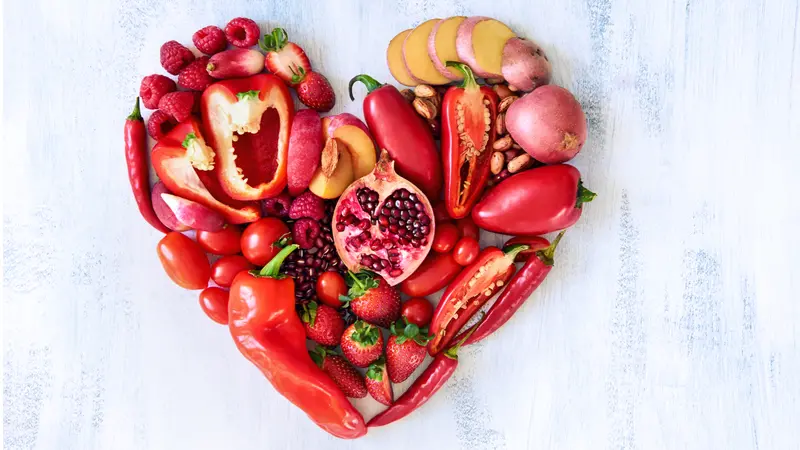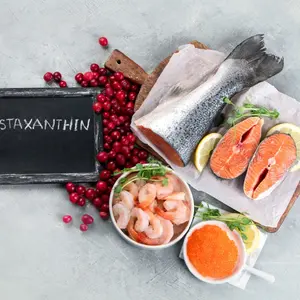

Food, Farming and Nutrition

Food, Farming and Nutrition
See Red for Maximum Immune Health
Having a strong immune system not only protects against viruses like the common cold and the flu, but it can prevent chronic illnesses such as type 2 diabetes, cardiovascular disease, neurodegenerative disease, and cancer.
Key to this process of defense are antioxidant nutrients, which neutralize free radicals. While free radical production is a normal bodily function that can attack invading pathogens, if production of free radicals overwhelms the body, inflammation and chronic disease can result. Antioxidants can safely interact with free radicals and prevent them from causing damage.
Certain dietary antioxidant nutrients are critical to this process. Vitamin C supports immune cell functions and helps the body fight infection. Vitamin E is another important antioxidant vitamin that fights the oxidative stress that weakens the immune system. In some cases, vitamin E relies on vitamin C for optimal function. Beta-carotene, an antioxidant carotenoid compound, may be protective again cancer and cardiovascular disease.
Lycopene, another carotenoid antioxidant nutrient, gives some fruits and vegetables, such as tomatoes, their red color. In fact, many immune-building antioxidant fruits and vegetables are red-pigmented. Here are some of them:
- Antioxidant-rich cranberries can help improve metabolic syndrome and have shown benefits for cardiovascular health and managing urinary tract infections. For maximum nutrition, they should be eaten fresh.
- The skin and the flesh of red apples contain flavanols and important antioxidant nutrients for cardiovascular health and anticancer properties. Polyphenols in apples support gut bacteria balance.
- Phytonutrients known as betalains give beets their red color, and evidence suggests they have anti-inflammatory and antioxidant properties.
- Lycopene-rich tomatoes are not only full of flavanols, but contain vitamins A, C, E, and manganese.
- Other red vegetables with immune-building properties include radishes, red onions, red potatoes, red bell peppers and red jalapeño peppers.
- Other red fruits with health benefits include blood oranges, raspberries, strawberries, plums, cherries, and pomegranates.
REFERENCES
Deanna Minich. (2021, September 30). Red foods and your immune system. https://deannaminich.com/red-foods-and-your-immune-system/


 By
By







